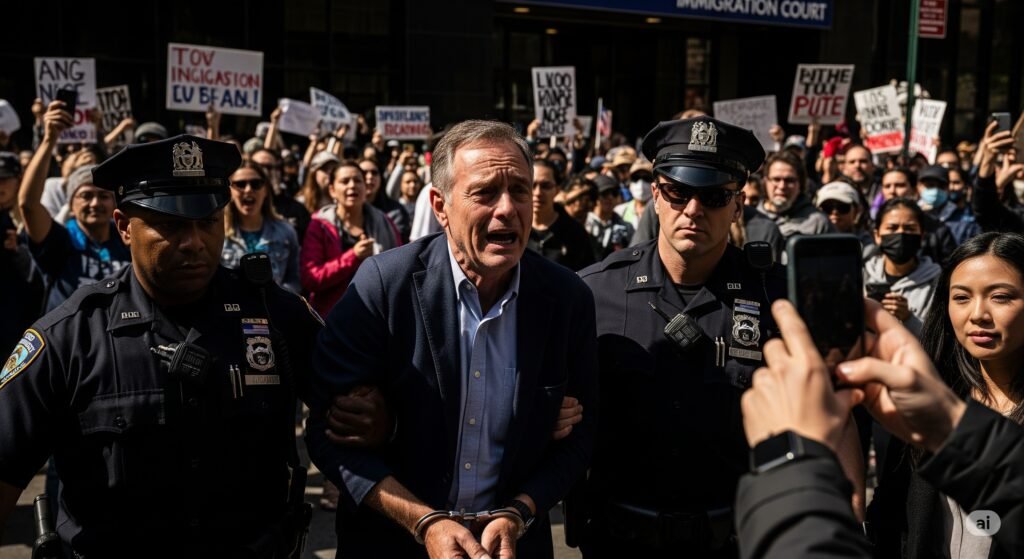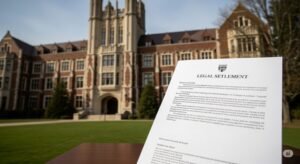Facing the complexities of immigration policy in the United States can feel overwhelming. It touches so many lives and sparks passionate debate. Recently, here in New York City, that debate took a dramatic turn when mayoral candidate Brad Lander was arrested during a demonstration at an immigration court. This event has ignited discussions across the city and the nation, highlighting the ongoing tensions surrounding immigration enforcement and the concept of sanctuary cities.
A Stand for Sanctuary
Lander, a prominent figure in city politics, participated in a planned act of civil disobedience to protest what he and other advocates see as unjust immigration practices. The specific details of the protest centered around individuals being required to appear in immigration court, facing potential deportation. Supporters argue that these individuals, many of whom have deep ties to the community, deserve due process and a more humane approach.
The term “sanctuary city” often comes up in these discussions. While the exact definition can vary, it generally refers to jurisdictions that have policies in place to limit their cooperation with federal immigration enforcement agencies. The idea behind these policies is to build trust between immigrant communities and local law enforcement, encouraging people to report crimes and participate in civic life without fear of deportation.
The Nuances of Immigration Enforcement
It’s important to acknowledge that immigration enforcement is a multifaceted issue with varying perspectives. Federal authorities maintain that consistent enforcement of immigration laws is crucial for national security and the integrity of the legal system. They argue that those who have violated immigration laws should be subject to removal proceedings.
However, critics of current enforcement practices point to the human cost of deportations, particularly for families who are separated and communities that lose valuable members. They advocate for comprehensive immigration reform that includes pathways to legal status for undocumented immigrants who are otherwise law-abiding.
The Political Ramifications
Lander’s arrest has undoubtedly injected a new element into the upcoming mayoral race. Supporters see his actions as a courageous display of solidarity with immigrant communities, demonstrating his commitment to the principles of sanctuary. Critics, on the other hand, may question his judgment and argue that elected officials should uphold the law.
This event serves as a stark reminder of the deep divisions that exist regarding immigration in the U.S. It forces us to confront questions about who belongs, what our responsibilities are to both citizens and non-citizens, and how we can create a fair and just society for everyone. The debate surrounding sanctuary cities and immigration enforcement is likely to continue, and events like this one will undoubtedly shape the conversation moving forward.
This incident has sparked considerable conversation, and here are some key takeaways:
- A prominent mayoral candidate was arrested during an immigration protest.
- The protest focused on the experiences of individuals in immigration court.
- The concept of “sanctuary cities” is central to the debate.
- There are differing views on the role of local authorities in federal immigration enforcement.
- The arrest has political implications for the upcoming election.
Ultimately, the events surrounding Brad Lander’s arrest highlight the ongoing struggle to balance the enforcement of immigration laws with principles of compassion and community. It’s a conversation that demands attention and thoughtful engagement from all sides.
NYC mayoral hopeful Brad Lander arrested at immigration court protest sparks debate on sanctuary cities and immigration policy. A look at the issues and political fallout.











